The recent landslide tragedy in Wayanad, Kerala, which claimed the lives of at least 221 people, has sparked a heated debate about the role of illegal mining, uncontrolled construction, and unregulated commercial activities in exacerbating natural disasters. Union Environment Minister Bhupender Yadav has placed the blame squarely on these activities, criticizing the Kerala State Government for failing to consider crucial environmental factors when approving development projects.
Disaster Overview
On July 30, Wayanad district was hit by multiple landslides following days of heavy rainfall in central and northern parts of Kerala. The disaster resulted in significant loss of life and left many more missing. The Union environment ministry quickly clarified that the Centre did not grant environmental clearances for any developmental activities in Wayanad, except for an in-principle nod for a Tube Unidirectional Tunnel Road last year. This project, intended to provide direct connectivity between Aanakampoyil Kalladi-Meppadi in Kozhikode and Wayanad districts, has yet to begin construction.
Minister's Critique
Minister Yadav emphasized the importance of understanding soil topography, geomorphology, slope angle, and vegetation before approving any developmental projects. He criticized the Kerala state government for overlooking these critical aspects over the past decade. According to him, the lack of attention to these factors led to the massive disaster when heavy rains hit the region. Senior officials at the environment ministry supported Yadav’s statement, noting that in the last three years, Kerala granted environmental clearances for three quarries, two of which are for granite stone in Wayanad district. This unchecked development, coupled with severe weather, culminated in the devastating landslides.
Early Warnings and State Response
Adding to the controversy, Union Home Minister Amit Shah revealed that the Centre had issued an early warning to the state government on July 23 about the impending heavy rainfall and landslide threat. However, the Pinarayi Vijayan-led state government has rejected Shah’s claims. Yadav reiterated in Parliament that illegal mining, uncontrolled construction, and unregulated commercial activity were the primary causes of the disaster.
State Government's Reaction
Kerala Forest Minister AK Saseendran condemned Yadav’s statements, arguing that this was not the time for blame. He expressed concerns that the Centre might use this narrative to deny financial assistance to the state. He urged the Union environment minister to reconsider his stance, highlighting the importance of the Centre’s support in addressing the aftermath of the disaster. Saseendran further stated that blaming the state for the disaster might be seen as an attempt to avoid providing necessary aid to the affected regions. He emphasized that Kerala has collectively demanded the tragedy be declared a national disaster, which would facilitate greater assistance and resources from the central government. The collaboration between state and central governments is crucial in such situations to ensure effective disaster management and relief efforts.
Ecologically Sensitive Zones
The environment ministry had prepared a draft notification to designate ecologically sensitive zones (ESZ) in the Western Ghats based on the recommendations of the Madhav Gadgil and K Kasturirangan committees. Despite states flagging various issues, the ministry constituted a high-level committee under Sanjay Kumar to address these concerns. States agreed to the ESZ notification in principle, but local opposition has complicated the ground truthing process. The ESZ notification aims to protect ecologically significant areas from harmful development activities, thereby preserving biodiversity and preventing disasters like the one in Wayanad. The high-level committee’s task is to balance developmental needs with ecological preservation, ensuring that future projects do not compromise the environment.
Past Recommendations
In 2011, the Gadgil committee recommended that 75% of the 129,037 sq km area of the Western Ghats be declared ecologically sensitive due to dense forests, endemic species, and unique geology. The committee also suggested placing Sulthan Bathery, Vayittiri, and Manantavadi in Wayanad district in the highest ecological sensitivity category. The Union environment ministry recently issued a draft notification to declare 37% of the Western Ghats as an ESA, covering six states and 59,940 square kilometers. This draft is similar to one issued in July 2022. Experts believe that the recent landslides in Wayanad may have prompted the latest draft notification. The high-level committee is still finalizing its report, and the final notification will consider responses from all states, including Kerala.
Prompted by Recent Events
Experts believe that the recent landslides in Wayanad may have prompted the latest draft notification. The high-level committee is still finalizing its report, and the final notification will consider responses from all states, including Kerala.
Way Forward
The tragic landslides in Wayanad have brought attention to the environmental and regulatory lapses in the region. The conflicting narratives between the Union and state governments highlight the complexities of managing development and environmental conservation. As the state grapples with the disaster's aftermath, the need for stringent environmental assessments and sustainable development practices becomes increasingly evident.
Image source- Pinterest

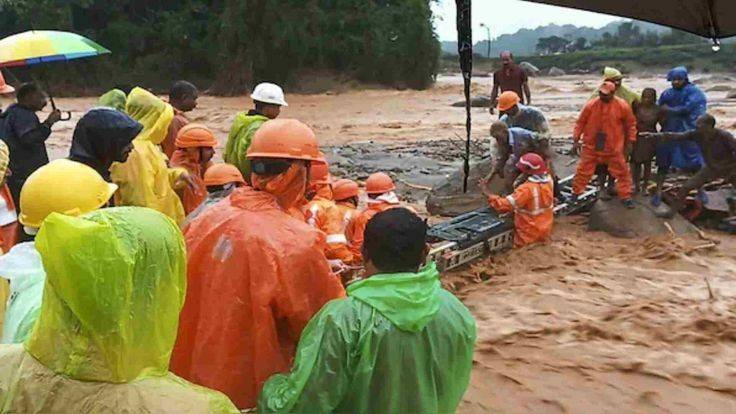

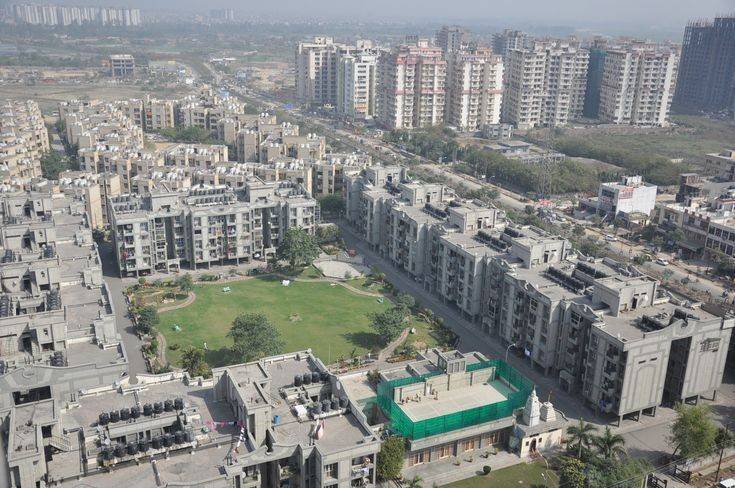
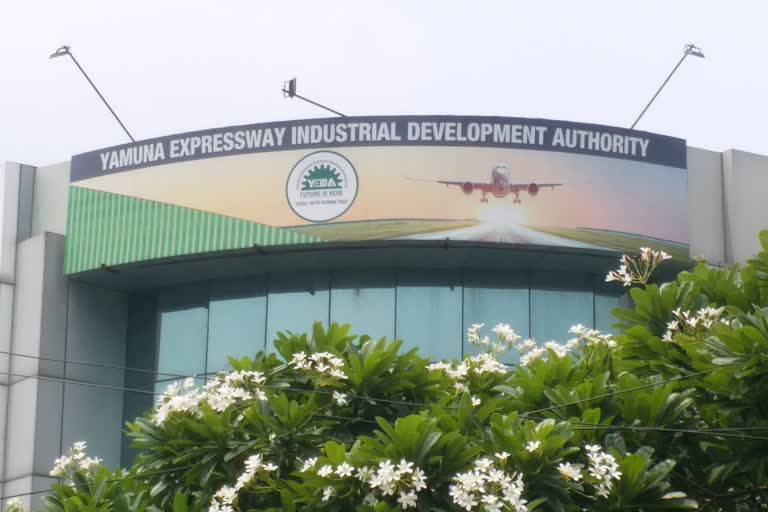
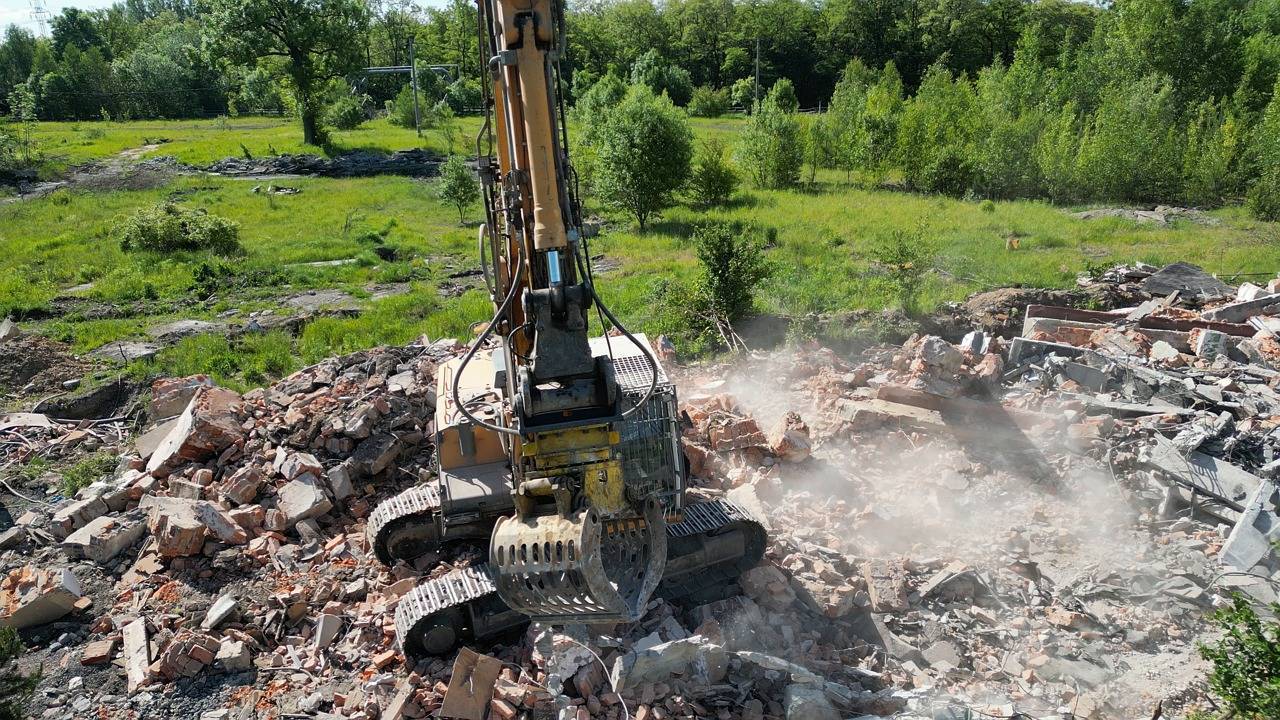

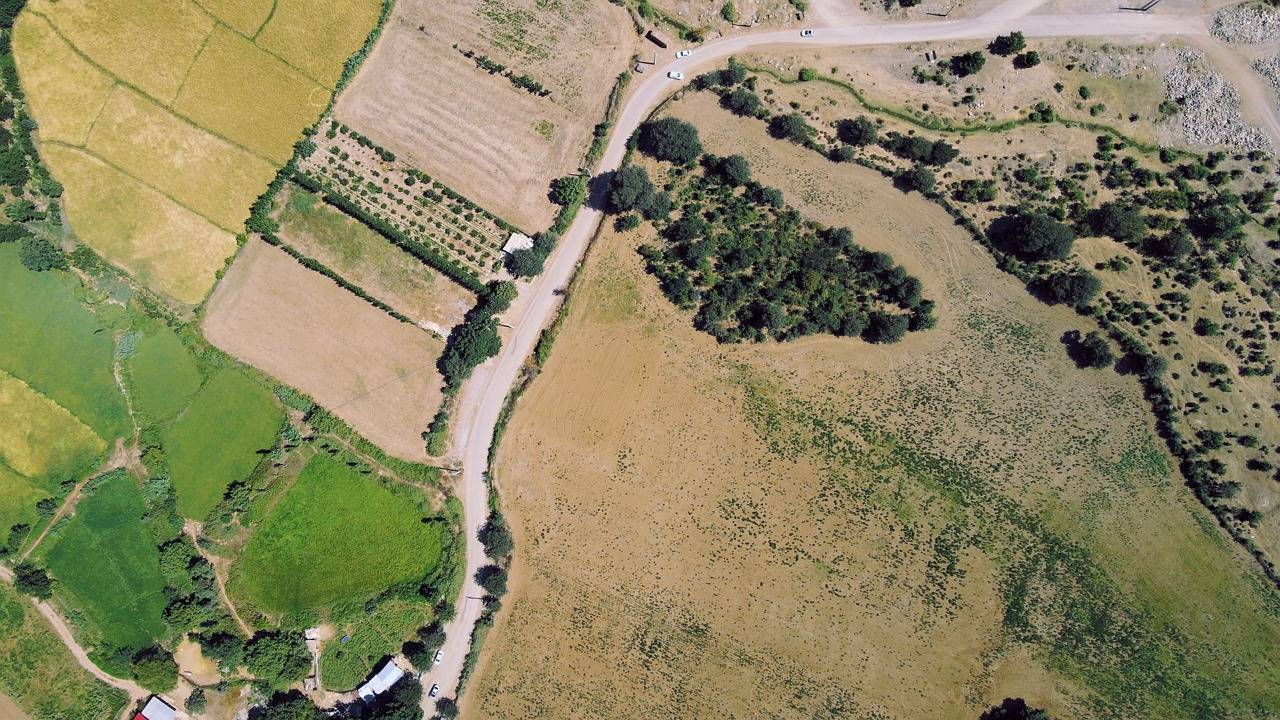
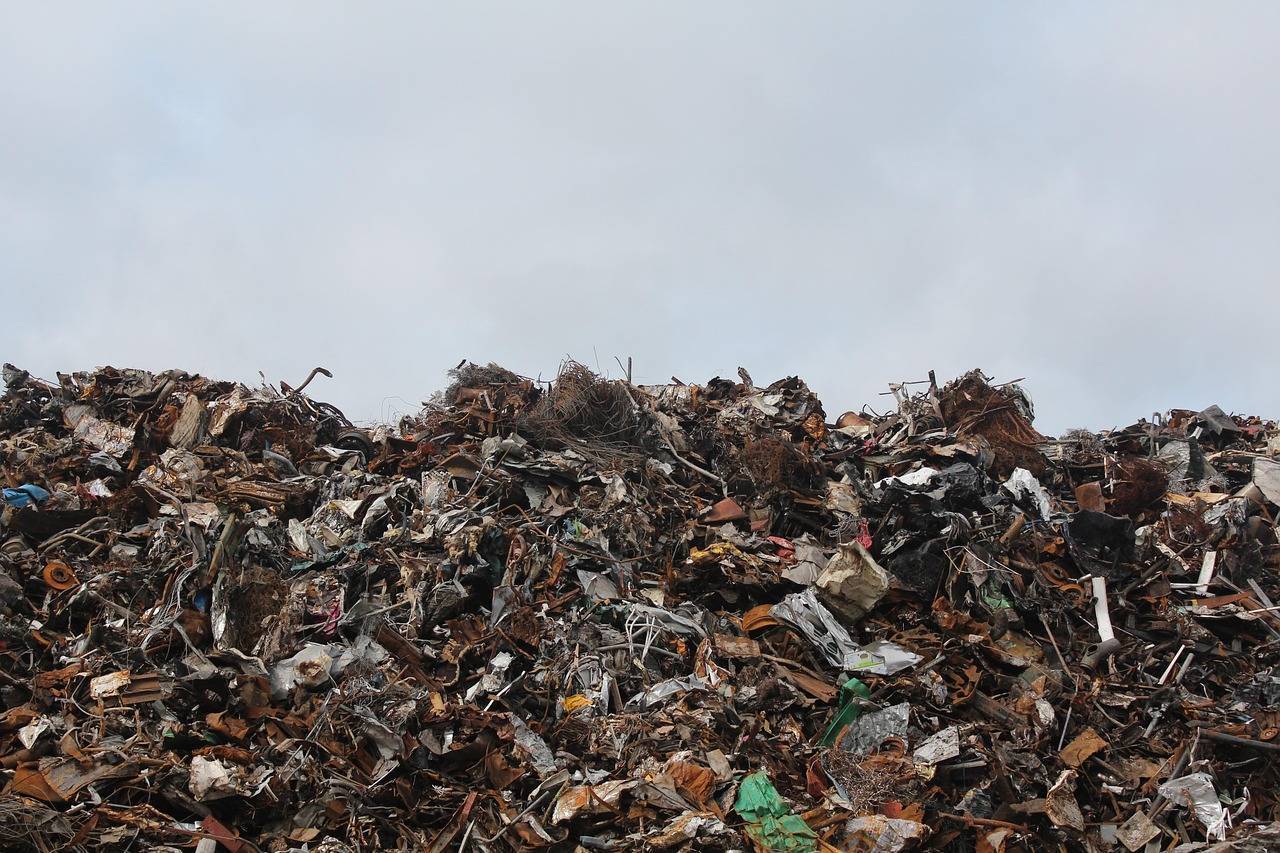
.png)